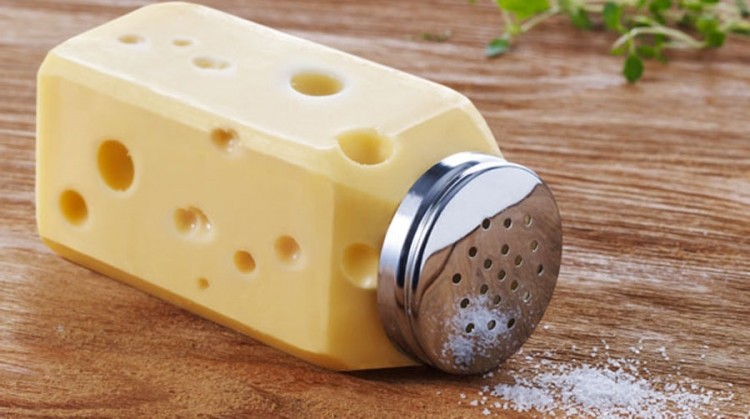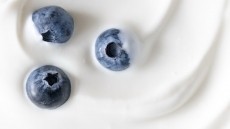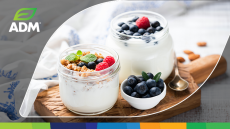Big brands must step up to salt challenge, says CASH

Speaking to FoodNavigator, Kawther Hashem, nutritionist for Consensus Action on Salt and Health (CASH) and co-author of the new BMJ study said the research findings show that some ‘big brand’ cheese makers are not going far enough when it comes to salt reduction; and as a result may be putting their customers’ health at risk.
The BMJ data comes from initial survey data from 2012, which has now been further analysed by CASH to show that average salt content was significantly higher in branded cheeses compared to supermarket own-label cheese.
“Our study shows a difference in terms of cheddar cheese, and it’s significant,” said Hashem – who revealed that branded cheddar and cheddar-style cheese contained an average of 1.78 grams of salt per 100 g, compared to supermarket own-label products which contained 1.72 g per 100 g.
“Our comparison between brands and supermarkets within cheese types suggests that brand-led companies are not reducing salt content as much. This is actually supported by their official commitment on the responsibility deal,” said Hashem. “Very few branded cheese companies have signed up to the salt reduction targets.”
In fact, current evidence suggests that the majority of the branded cheese companies have not made any official commitment to reducing salt in their cheese products, she said.
“Why is this?” she asked.
Brands being left behind
The fact that own-label products from supermarket contained ‘significantly’ less salt than branded cheeses from larger manufacturers follows something of a trend, said Hashem – noting that other surveys performed by CASH and its sister organisation Action on Sugar have suggested that retailers are generally more committed to lowering levels of salt and sugar in food quicker than larger manufacturers.
“For example our last CASH survey, which was on salads, did show also a similar patterns in that the supermarkets did have less salt in their own brands compared to the rest.”
“I think we have shown several times that the supermarkets are doing much better than the rest,”
Reduction targets
The study also looked at salt reduction targets for ten types of commonly consumed cheese, which were set by the UK Food Standards Agency and implemented by the Department of Health, to be achieved by 2012.
CASH found cheese types that have salt reduction targets had significantly less salt than those that do not have targets –1.66g per 100g compared to 1.78g per 100g.
However, it said the fact that 85% (333 of the 394) of cheeses analysed met their targets, but that 81% (318 of 394) would still get a red (high) colour coded rating for salt means that salt reduction targets are not tough enough.
“What we are saying is, based on the fact that 85% already meet the salt reduction targets for 2012. We suggest they are not stringent enough, and that more challenging targets should be set,” said Hashem.
“If you set a target that is already very close to what the majority of the cheeses on the market, then what’s the point of setting the target? That’s not challenging the manufacturers.”











